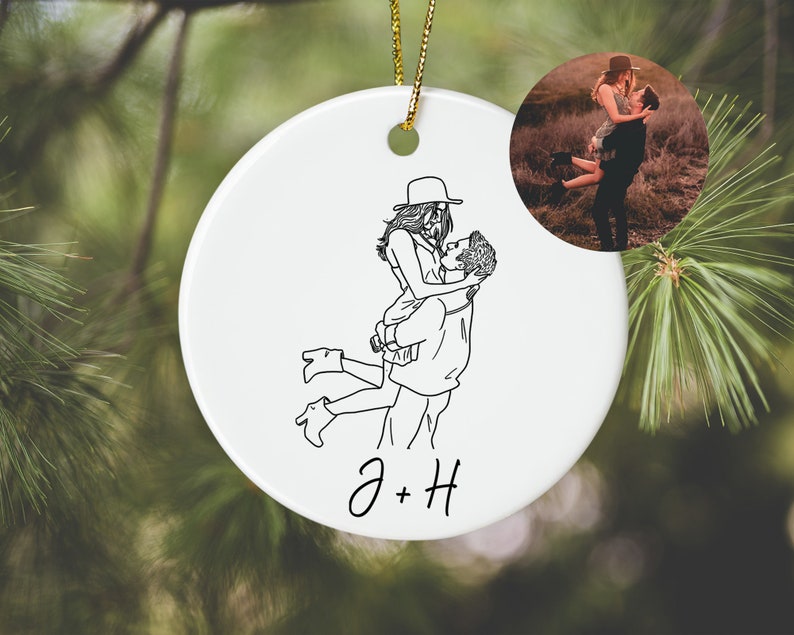
Other storytelling methods (like colour and body language) will have a stronger impact on the direction our gaze travels round the image and also whether it feels comfortable and pleasant to view. We must be more intentional with our composition. It pushes our creativity as artists and makes us “think outside the box”.The same photograph could be happy OR sad dependant on THEIR mood. In some images, by denying the viewer this primary indicator of emotions we allow THEM to have more control over how they interpret the image.So why would we ever choose to hide these very things in a photograph? So there is no wonder that when we see images, we are immediately drawn to the face and the subject’s expression.
#FACELESS PORTRAIT PHOTOGRAPHY WINDOWS#
They say that beauty is in the eye of the beholder – that the eyes are the windows to the soul. And besides, I really do love the mystery and visual tension that it often creates. I vowed that, because I found it so hard, I wouldn’t allow it to crush me. I personally forced myself to explore this topic as part of my 365 journey because I hate to be beaten on things I find tricky. It became a battle for me between wanting to explore different techniques (composition, story-telling, wider angle shots) and “the good old (mum-goggles firmly in place) portrait”. In fact, in my early photographic journey, I even found wider angle shots difficult because the focus of the photo was then not their little features.

I must admit that as a parent I initially found it extremely difficult not to focus in on my children’s (often not) beaming faces in every single photo. Now, I warn you, they are not everyone’s cup of tea. There are lots of reasons that faceless photography works so well in certain scenarios.


 0 kommentar(er)
0 kommentar(er)
